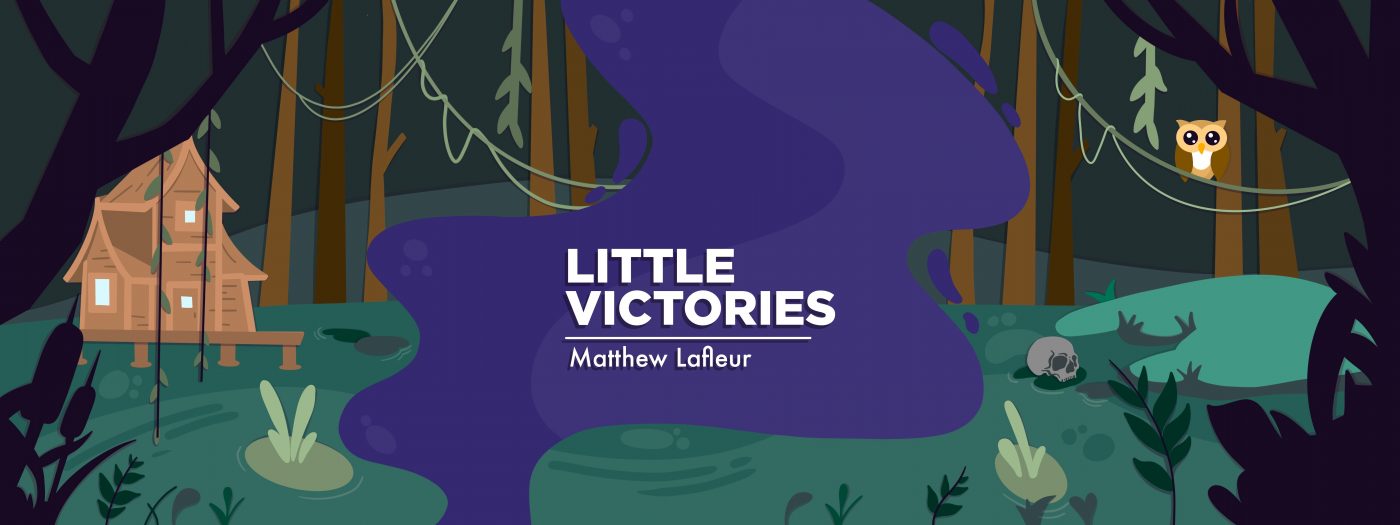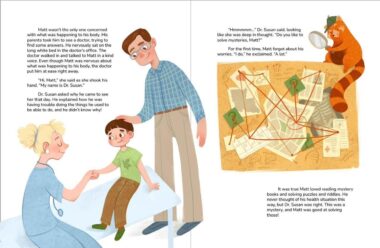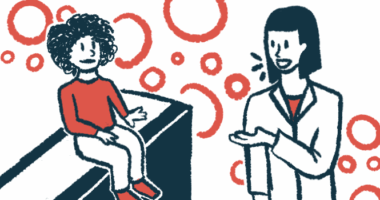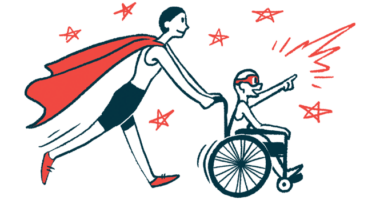Writing a children’s book about FA, now soon to be published
The mission and origin behind 'Prof. Hong Explores Friedreich's Ataxia'

Why did I write a children’s book? I’m not sure, but I know firsthand that being diagnosed with a rare disease is profoundly isolating. Because I didn’t feel I could voice that at the time, my book will now speak for me, helping others who might feel isolated, too.
At age 9, when I learned I had Friedreich’s ataxia (FA), I wasn’t prepared for its unusual symptoms. My abilities, compared with those of my classmates, cousins, and almost every other kid I knew, seemed to be fading at a time when they should’ve been developing.
Though my younger sister was diagnosed with FA at the same time, I wasn’t supportive or helpful to her because I was so focused on myself, just maintaining and getting by. Instead of clinging to and confiding in each other for support, I felt I was drowning alone — though she was right there, also trying to cope. The words “Friedreich’s ataxia” and our waxing disabilities were shameful to us and never mentioned.
Almost 30 years later, I’ve learned that breaking the silence and shame around FA is necessary for a complete and genuine life. I now speak and write openly about the challenges FA brings, as well as my struggle to stop those challenges from defining me. That’s the opposite of how I dealt with things when I was younger, when FA was anathema to even mention.
I hope my writings, columns, speaking engagements, and other advocacy work help others feel less isolated, especially those with FA. However, I’ve yet to reach out to a critical subset of people: those who don’t know what “anathema” means.
Even though I’m a verbose punk, adult readers will either know the word or get from context clues that it’s something one vehemently dislikes. The readers I’m missing are young people, who probably don’t resonate with my love of psychology, existentialism, words like “anathema,” and all of my advocacy. That work is incomplete if I can’t make a newly diagnosed kid, like 9-year-old Matt, feel less isolated.
Hence my desire to pen a book for children.
Moving from process to product
Since that time, I’ve tweaked the draft of my children’s book a lot. I’m grateful that it won a PBChat pitch contest on X, then called Twitter. That led to my mentorship under the great writer Katey Howes (who recently and unexpectedly passed away), many generous donations of picture books from the #PBChat community, and admission to an online course in writing children’s books, taught by the esteemed Joyce Sweeney.

As work on my book became more polished, I began working full time at Bionews, this site’s parent company. One of my early roles was interviewing potential columnists across the company’s sites, and one of those first interviews was with Richard E. Poulin III, who’s since become a columnist for AADC News. As the father of a daughter with AADC deficiency, an ultrarare disease, he was eager to pursue advocacy and share his family’s story.
Rich, as I’ve come to know him, and I have since become friends, so I’ve learned about TeachRARE, the nonprofit he and his wife started to educate children about rare diseases. After joining Bionews, Rich announced that he co-wrote and published a children’s book, “Prof. Hong Explores AADC Deficiency,” to educate children about the disease and tell his daughter’s story. (“Hong” means “red” in Chinese, and Professor Hong is a rare and endangered red panda. Cute, huh?)

Here and above left: Previews of Matt’s upcoming book, with illustrations by Anna Lomakina. (Courtesy of TeachRARE)
About a year ago, Rich told me he wanted to make his book the first in a series exploring people’s stories with other diseases. He asked if I’d be interested.
Funny he should ask.
I’m proud and grateful that “The Rare Journey,” the pilot offering of a Bionews immersive series on the patient experience, has covered my story in detail. My children’s book loosely follows the same odyssey toward diagnosis and coping, while incorporating updated tools for diagnosis and meaningful lessons I wish I’d learned back then. It’s the story of how one kid ultimately survived that uncomfortable situation. I hope it resonates with readers.
This children’s book is an apology to my sister and everyone I should have reached out to in my younger days but couldn’t. No one should be alone in this journey.
Coming soon — this month or next, via Amazon and elsewhere — is “Prof. Hong Explores Friedreich’s Ataxia.”
Note: Friedreich’s Ataxia News is strictly a news and information website about the disease. It does not provide medical advice, diagnosis, or treatment. This content is not intended to be a substitute for professional medical advice, diagnosis, or treatment. Always seek the advice of your physician or another qualified health provider with any questions you may have regarding a medical condition. Never disregard professional medical advice or delay in seeking it because of something you have read on this website. The opinions expressed in this column are not those of Friedreich’s Ataxia News or its parent company, Bionews, and are intended to spark discussion about issues pertaining to Friedreich’s ataxia.








GENIE SUMMERS
MATT, this is really awesome. I think it will be a useful to for people with Fredericks Ataxia and other debilitating diseases. Praying for its success
Matthew Lafleur
Means a lot to me coming from you. Thank you, Mrs. Genie! I have always looked up to you as a writer and person!